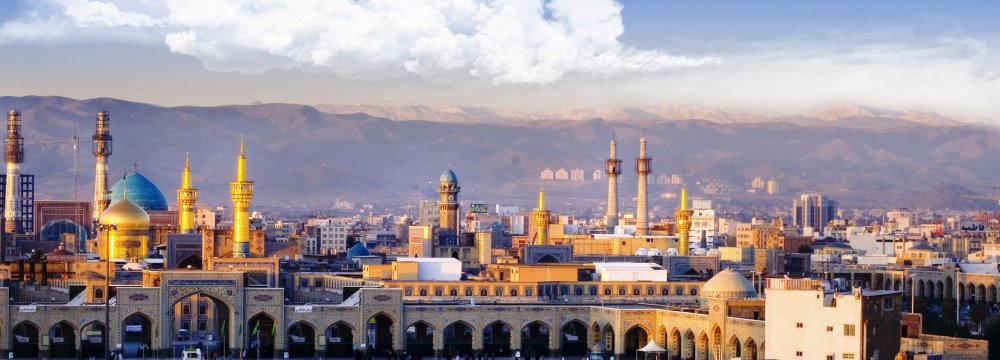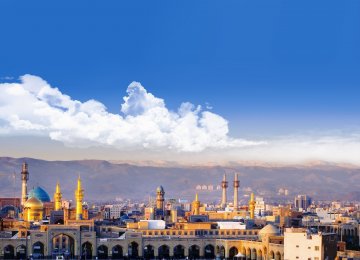Promoting Mashhad as a religious destination alone is a mistake that will only hinder the development of tourism in the northeastern city, a local hotelier said.
Speaking to ISNA, Hamid Reza Baqernejad also said Mashhad's reputation as a holy city "only helps draw tourists from the Persian Gulf region as well as Shia Muslims from across the world".
Mashhad is home to the shrine of Imam Reza (PBUH), the eighth Shia imam, and hosts about 28 million foreign and domestic tourists annually, a vast majority of which are pilgrims. Around 3 million are international tourists, half of which comes from the Persian Gulf region. However, following the severance of diplomatic ties between Iran and Saudi Arabia in January 2016, annual tourism to Mashhad from Arab countries allied with Riyadh has nearly halved and dropped to around 700,000.
Baqernejad said most tourism schemes in Mashhad target religious travelers and neglect other groups, which is why the city's travel sector is reeling from the loss of tourists from the region.
"If in the past we had also made plans to draw European tourists, we wouldn't be feeling the pinch of losing pilgrims," he said.
Natural landscapes in Torqabeh-va-Shandiz, Mashhad’s renowned cuisine and recreational centers such as water parks, shopping malls and science parks are all attractions that can help draw non-religious tourists to the city. Mashhad is surrounded by historical villages, namely Paj, Dehsorkh and Mej, which are ideal for rural tourism. Recreational facilities along dam reservoirs, which are popular with the locals, may also be of interest to international travelers.
Dwindling tourist figures have forced local hoteliers to put 80 hotels up for sale, as even in the high travel season, the average occupancy rate is only 60%.
Based on figures, each pilgrim spends at least 1.2 million rials ($31) a day for hotel rooms, so the loss of international pilgrims is a major financial blow to the hotel sector in Mashhad and the local economy.
Nevertheless, renowned Dubai-based hotel firm Rotana is opening two properties in Mashhad, which could help increase the city's global profile and attract non-religious tourists.






Add new comment
Read our comment policy before posting your viewpoints